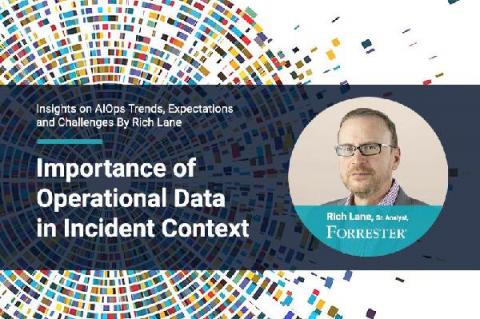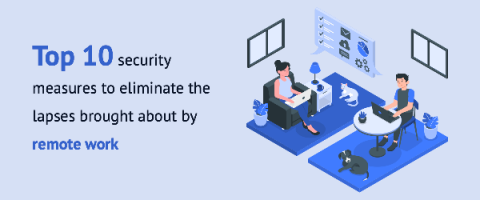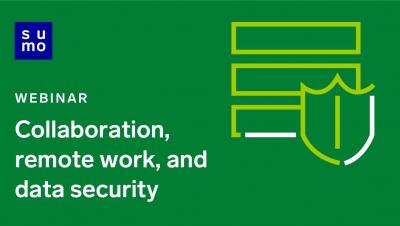Security | Threat Detection | Cyberattacks | DevSecOps | Compliance
%term
Webinar: AIOps Outcome - Alert Noise Reduction | CloudFabrix
Importance of Operational Data in Incident Context
Network/Security Operations Center (NOC/SOC) engineers and service desk personnel are tasked to process numerous incidents as quickly as possible. However, to resolve an incident they are required to to perform various activities including collecting various operations data including metrics, logs, traces and more from different tools. In many cases, the process also involves coordinating with other IT personnel or creating a war room to bring the incident to closure.
How to protect your crown Jewels while working remotely
How to Listen for Webhooks with Python
Webhooks run a large portion of the "magic" that happens between applications. They are sometimes called reverse APIs, callbacks, and even notifications. Many services, such as SendGrid, Stripe, Slack, and GitHub use events to send webhooks as part of their API. This allows your application to listen for events and perform actions when they happen. In a previous article, we looked at how to consume webhooks with Node.js and Express.
Authentication Header in Network Security
Ensuring authentication is one of the pillars in cyber security. That is why authentication header is one of the crucial practices. In this article, we will explain what authentication header is and how it can be useful for your organization. Almost every cyber security and/or information security expert knows about the famous CIA triad: Confidentiality, Integrity and Availability. These three consist the pillars of data security.
Your return-to-the-office cybersecurity checklist
The novel COVID-19 pandemic has changed the way organizations work. The sudden transition to remote work has forced organizations to look for temporary fixes to bridge the gap, leaving their endpoints exposed to an unprecedented threat landscape. Insecure internet connections, a lack of perimeter security, and the inability to implement effective security policies have made remote endpoints a breeding ground for threat actors.
Threat hunting explained
The process of threat hunting involves proactively searching for malware or attackers that are hiding within a network. Rather than simply relying on security solutions or services to detect threats, threat hunting is a predictive element to a layered security strategy, empowering organizations to go on the offensive looking for threats.











